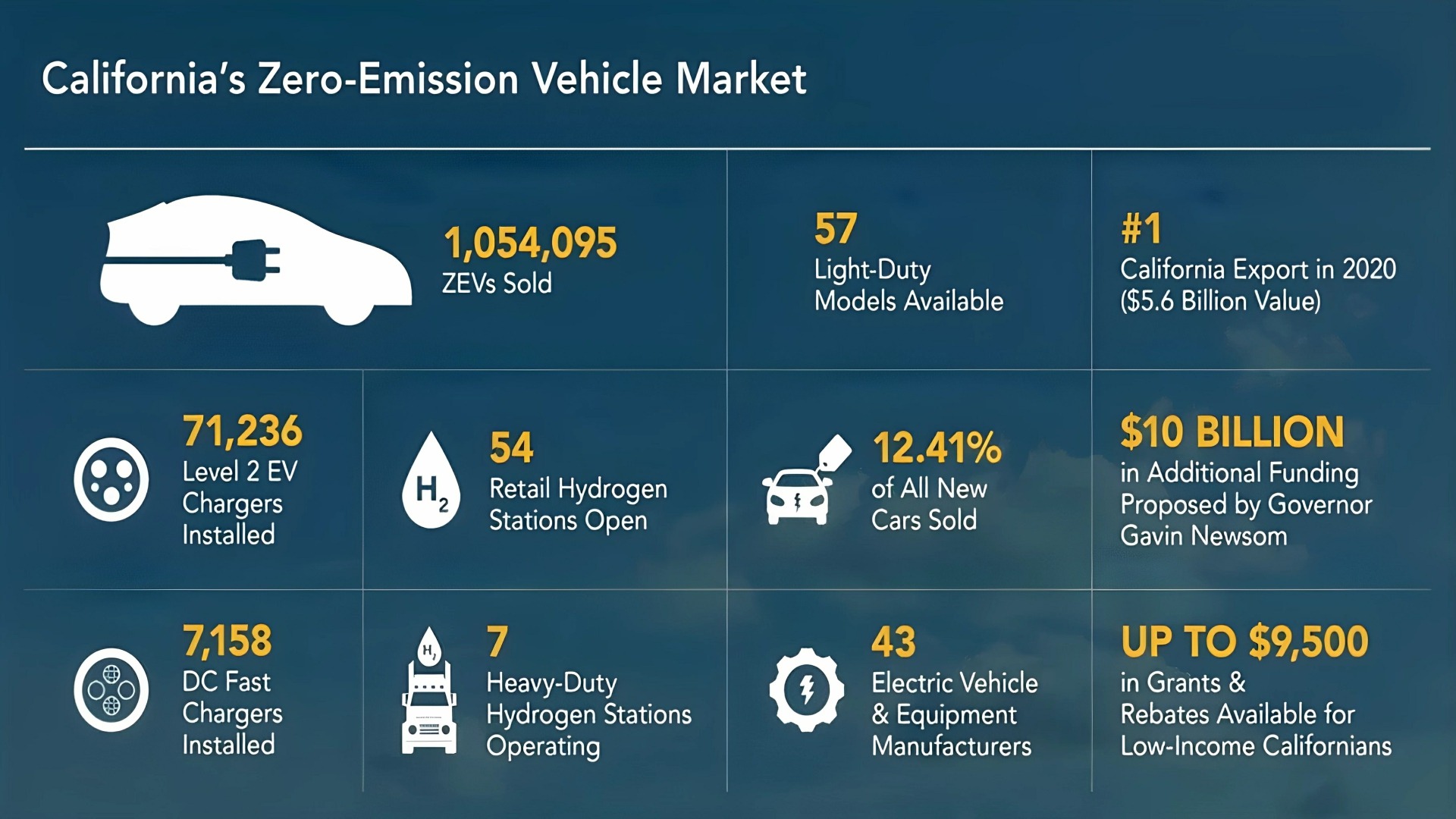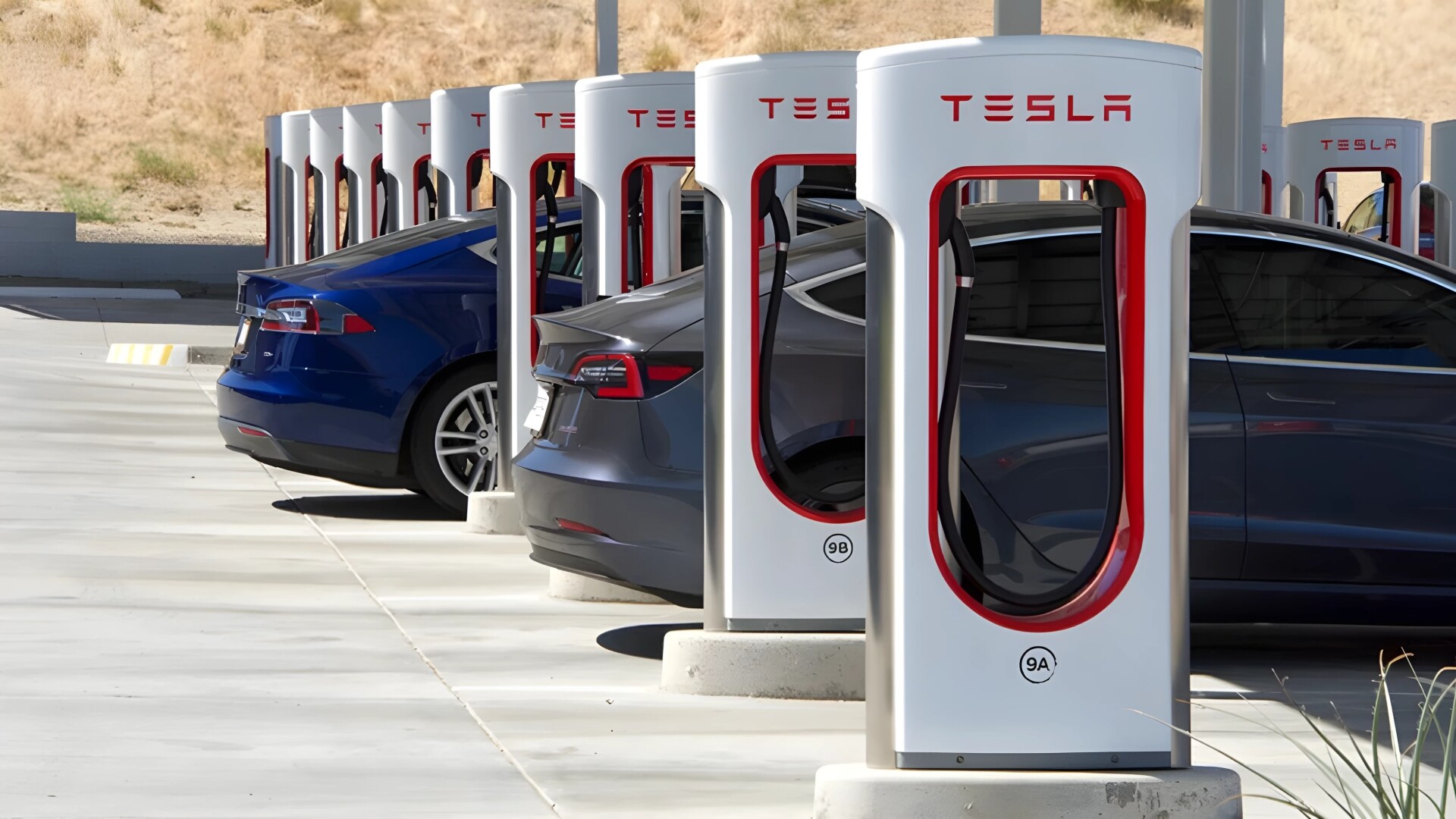California’s commitment to eco-friendly transportation receives a boost with incentives for used EV and PHEV purchases, alongside a push for more accessible charging infrastructure. EV sales in California surged by 29 percent in 2023, positioning the state as a significant driver of EV adoption nationwide.
To democratize access to electric vehicles, California introduces a program offering subsidies for the purchase of pre-owned EVs and PHEVs to individuals trading in conventional gas vehicles. Additionally, efforts are underway to enhance charging infrastructure accessibility, particularly in underserved communities.
While the growth in EV sales across California mirrors industry trends of slight deceleration, the state continues to set records. Nearly half a million electric vehicles found homes in California last year, constituting almost half of all EVs sold in the U.S. in 2023. Notably, one in four new car purchases in California is now electric.

Despite California’s stringent rebate restrictions on electrified vehicles, federal incentives remain accessible, including two stackable rebates amounting to $3750 each. These rebates apply to qualifying vehicles assembled in North America with battery components sourced from free-trade agreement countries. However, rebates are capped for vehicles exceeding $55,000 for cars and $80,000 for SUVs and trucks.
California’s Clean Vehicle Rebate Project, a long-standing initiative, has been phased out in favor of federal tax credits tailored to income brackets. Yet, California’s leadership in EV adoption, particularly evident in San Francisco, primarily reflects wealthier demographics’ ability to afford EVs and home charging setups.
In a bid to broaden EV ownership across income levels, the California Air Resources Board (CARB) is rolling out the Clean Cars 4 All program. This initiative targets moderate and low-income families, providing financial assistance ranging from $5000 to $9500 for purchasing hybrid or electric vehicles up to eight years old.

Navigating the program’s eligibility criteria, which vary by district, can be complex. However, CARB offers online resources to facilitate accessibility. Beyond direct rebates, California anticipates a surge in EV availability on the used market, driven by previously leased vehicles returning for resale.
Addressing charging infrastructure gaps remains pivotal to sustained EV adoption. Collaboration between automakers and the adoption of standardized charging connectors like the North American Charging Standard (NACS) are steps toward streamlining EV charging experiences.
As California propels its EV agenda forward, the state serves as a bellwether for nationwide EV adoption trends, highlighting the critical role of policy support and infrastructure development in accelerating the transition to sustainable transportation.

